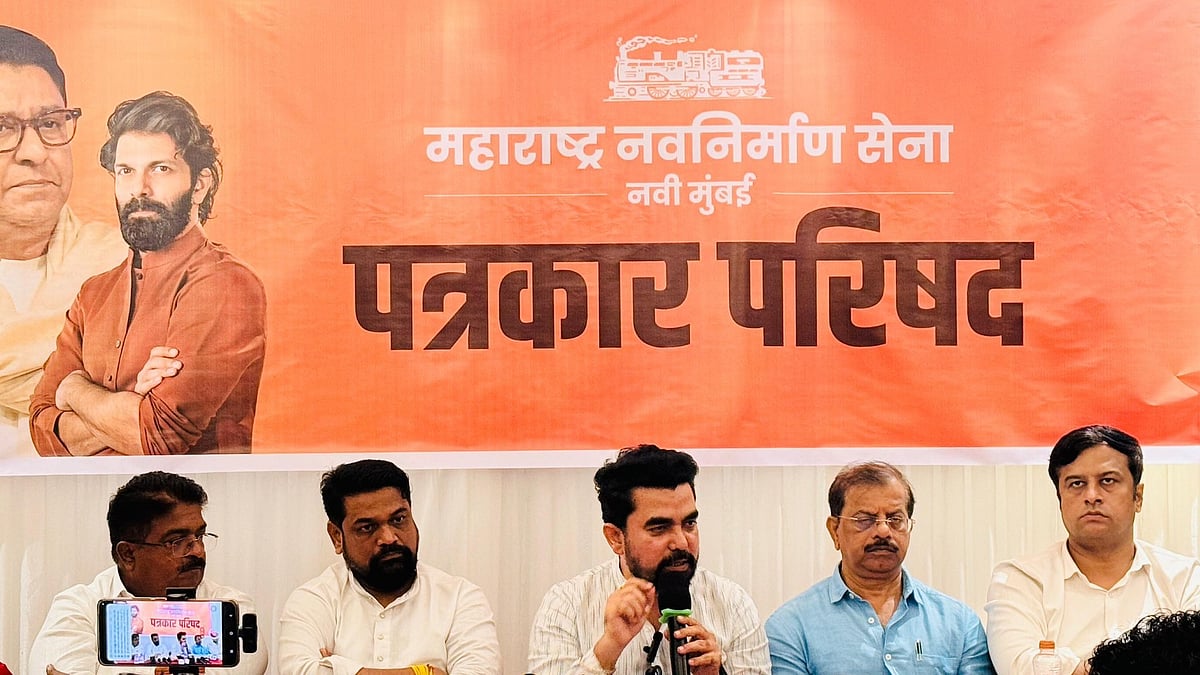The conventional wisdom is that low interest rates, combined with high inflation penalises people who save and keep money in the bank. That is why central banks keep a hawk eye on “real interest rates” – or the interest rates that a depositor gets after taking inflation into account. Currently, we are living through an era of negative interest rates – that is the interest rates on bank deposits are lower than the inflation. In essence, savings in the bank are eroding in value.
Will this change soon? It is unlikely, if we go by the minutes of the Monetary Policy Committee (MPC) of the Reserve Bank of India (RBI). The MPC recommends the policy interest rates, among other things, and its latest meeting suggested keeping an “accommodative stance” as long as it is necessary to get growth back in the Indian economy. In plain English that means the committee has decided to keep policy interest rates low and the liquidity tap flowing until the economy gathers enough steam. The policy interest rates, in turn, affect the deposit rates that banks offer.
Low interest rates
The Central bank decided to keep policy rates low though the latest inflation figures were way beyond its comfort levels. The Wholesale Price Index (WPI) hit a record 12.94 per cent in May while the Consumer Price Index (CPI) galloped to 6.3 per cent, crossing the RBI target of 4 per cent +/- 2 for retail inflation.
So, why did the committee choose to disregard the high inflation numbers and keep the interest rates low? One reason is that the MPC does not go by a single month’s inflation figures and it expects the retail inflation to come down within the range it has set itself. The bigger reason is that the RBI has limited weapons to help the economy grow – and high liquidity and low interest rates are the primary ones in its arsenal.
The MPC has six members and the minutes of the latest meeting that have just come out make for an interesting reading, primarily for the arguments each member put forward to justify their decision. (The decision to keep rates unchanged and an accommodative stance was unanimous). The most interesting argument was put forward by Dr Mridul K Saggar, Executive Director, RBI. He used a new focus area of economic research – the Heterogenous Agent New Keynesian (HANK) model – to bolster his arguments.
The HANK model
The HANK models have come into the limelight after the 2008 crash. They focus on consumption behaviour by dividing households into three basic groups – the poor hand-to-mouth, the ‘wealthy hand-to-mouth’ – or people with enough illiquid assets but little cash in hand, and the non-hand-to-mouth or rich people with both enough cash and assets.
You could describe many professionals with high salaries but also high EMIs as being wealthy hand-to-mouth people. It is the disposable cash in their hands that helps the economy a fair amount, as per the HANK model, especially if they are a significant slice of the population. Stable low interest rates, even if the inflation is marginally above comfort, also helps the government’s fiscal policies and also borrowers, rather than savers.
As Dr Saggar argued in the meeting: “The frontier of the macroeconomics, especially in terms of Heterogenous Agents New Keynesian (HANK) models, provide a good reason to think that not all savers may necessarily be worse off when central banks push down the interest rates.... As demand increases with monetary expansion, firms ramp up production. This improves their survival rate amid a deep shock like the pandemic. It also protects job losses and pushes more wages and salaries in the hands of households most of whom may get more than compensated for a drop in their interest incomes on saving. ... Furthermore, low interest rates create space for fiscal action in support of growth.“
Govt gets fiscal space
Is this a good argument? As in most economic theories, there are no clear-cut answers. The problem with applying HANK models to the current economic situation we find in India is that many of the assumptions seem far-fetched. India has a tiny population of the seriously rich. It also has a fairly small proportion of the population who could be considered in the wealthy hand-to-mouth segment. The great majority would be considered poor hand-to-mouth in the HANK model.
The big problem is that one year into the pandemic, data coming out shows that low interest rates have neither helped save jobs nor pushed companies to produce more. Many listed companies last year primarily shed employees and cut other costs to earn super profits. It is hard to believe they will return in the short run, as demand remains sluggish in a host of sectors and capacity utilisation remains low.
But yes, keeping policy rates down does help the government by giving it a better fiscal space. As this columnist has often argued, it is the government’s job to fix the economy and the RBI can only play a supporting role. The Central bank has done its bit – the ball is really now in the government’s court.
The writer is former Editor of Business Today and Businessworld magazines









